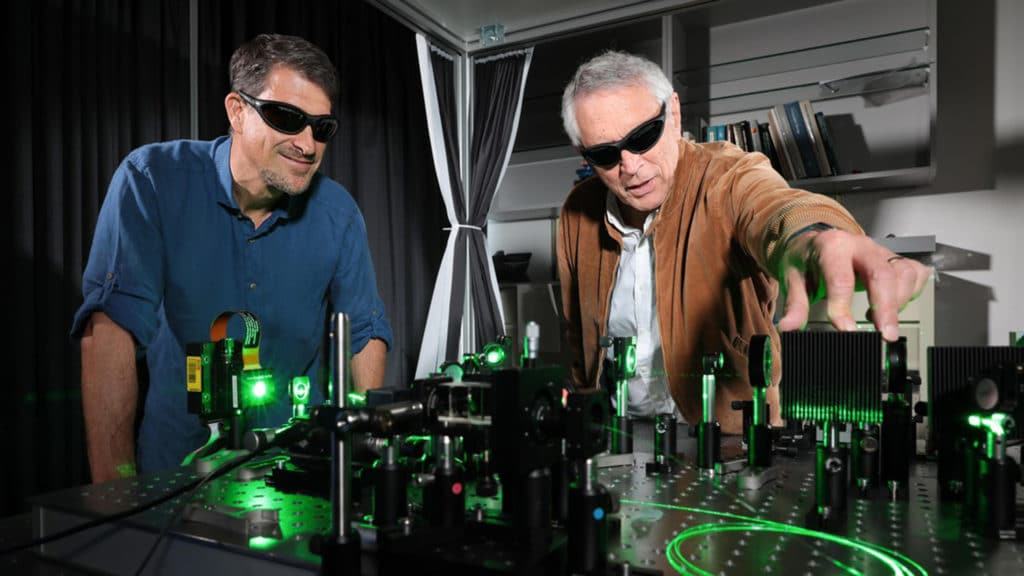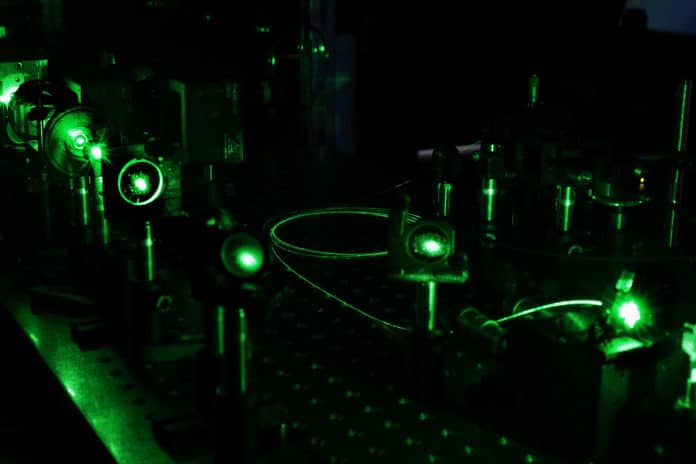Optical technology can potentially speed up the processing speed that data centers need for efficient communication and analysis operations. Scientists are interested in optical-based information processing for performing the high-speed calculations necessary in machine learning tasks.
The core advantage of optical technology is that it transmits information without any physical interference from cables.
In today’s date, AI programs are being used for many tasks. These programs often require accelerators to carry out rapid calculations using minimal power. For now, while optical technology could theoretically meet that need, it has not yet reached the applied stage – despite a half-century of research. That’s because optical computing and decision-making do not yet save either time or energy.
Designing optical computing devices remains a challenge. Although the computations are performed rapidly, the obstacle comes in transferring the results to memory at that same speed and energy-efficient manner.
EPFL engineers are pioneering an energy-saving technology that uses fiber optics to boost the performance of supercomputers. They address that obstacle by developing a machine learning method named SOLO. SOLO stands for Scalable Optical Learning Operator. The method can recognize and classify information formatted as two-dimensional images.

Christophe Moser, Associate Professor of Microengineering and Industrial Relations at the Swiss Federal Institute of Technology in Lausanne, said, “The goal of our research is to reduce the energy requirement by using other processing methods, in particular photonics. We, therefore, looked at using optical fibers to perform certain calculations.”
Ugur Tegin, the lead co-author of the work, said, “The calculations are executed automatically by the propagation of light pulses inside the fiber. This simplifies the computer’s architecture, retaining only a single neuronal layer, making it a hybrid system.”
To test this new technology, engineers used a dataset of X-ray images of lungs affected by various diseases, including COVID-19. They ran the data through SOLO to identify the organs affected by the coronavirus.
They ran the data through a conventional artificial intelligence system with 25 layers of neurons to compare the data.
Moser said, “Both systems classified the X-rays equally well. However, our system consumed 100 times less energy. That marked the first time we demonstrated quantified power savings. SOLO’s greater energy efficiency could also open the door to new opportunities in other areas of ultra-fast optical computing.”
Demetri Psaltis, head of EPFL’s Optics Laboratory within the School of Engineering, said, “Hybrid optical computing systems are emerging as a promising new technology. They combine the bandwidth and speed of optical processing with the flexibility of electronic computing. When coupled with artificial intelligence programs in robotics, microscopy, and other visual computing tasks, these hybrid systems could achieve some of the transformative capabilities that were, for a long time, imagined as the sole purview of optical computers.”
Journal Reference:
- Teğin, U., Yıldırım, M., Oğuz, İ. et al. Scalable optical learning operator. Nat Comput Sci 1, 542–549 (2021). DOI: 10.1038/s43588-021-00112-0
